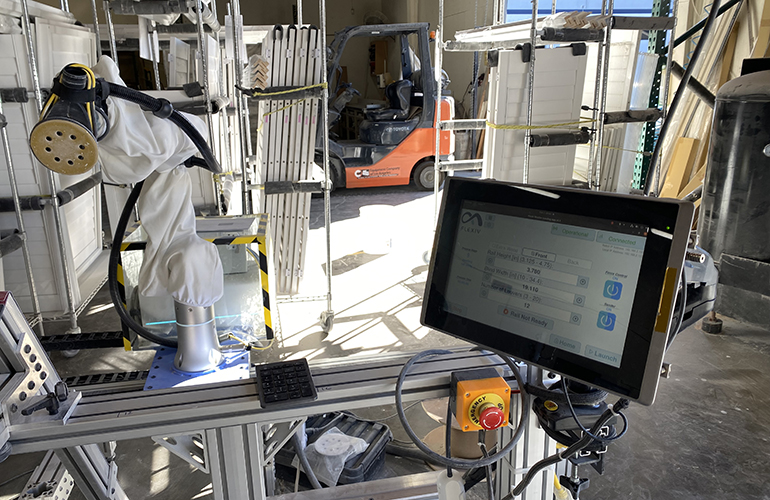Using AI for content is akin to using a crowbar as a hammer – it can get the job done, but the process will be messy and the results uneven. AI is useful for researching and generating outlines and drafts, but should be used sparingly in actual content drafting. Where AI truly excels in marketing is in data analysis. AI and machine learning algorithms are adept at identifying trends in large data sets, filling the gaps left by traditional data tools. Here is the current state of generative AI in marketing data and its future evolution.
How generative AI unlocks the potential of marketing data
Marketers have an abundance of customer data at their disposal, but the challenge lies in analyzing this data for meaningful insights and putting those insights to use in a timely manner. Generative AI can help in various aspects of these challenges. AI algorithms can efficiently generate insights from data, analyzing large datasets to uncover hidden patterns that may not be visible through traditional analytics tools. As AI advances, it can also handle unstructured data that previously required human analysis, such as text, images, and behavioral markers.
Advanced behavior-based segmentation
Traditionally, marketers have relied on demographic attributes for segmentation, often using third-party data. Generative AI algorithms take a more nuanced approach by analyzing customer behavior to identify segments likely to convert with specific interventions. For example, an algorithm might detect a pattern where 75% of individuals converted after visiting a particular page on your site and receiving specific follow-up offers. This information can be used to target new segments with tailored offers.
Personalization in real-time at scale
Personalization has become essential for marketers, with customers expecting personalized experiences before and after making a purchase. AI algorithms can analyze vast amounts of data to identify patterns unique to individuals or personas, allowing for dynamic generation of personalized content delivered automatically in real-time.
Predictive analytics
Predictive analytics, powered by generative AI, help reduce overhead by analyzing historical data to generate predictive models. These models can forecast customer lifetime value, develop data-driven customer profiles, identify at-risk customers, and rank leads by potential lifetime value.
Automation
Generative AI plays a crucial role in marketing automation, powering chatbots, virtual assistants, and other AI-driven tools that handle routine tasks efficiently. By automating processes like customer support inquiries, lead scoring, and content generation, businesses can focus human resources on strategic initiatives.
What’s next for AI in marketing
The capabilities of AI are evolving rapidly, offering marketers new ways to understand their audience, deliver messaging at the right time, and enhance customer experiences. Expect to see enhanced customer experiences, hyper-personalization, voice and visual search, augmented analytics, and more flexible and adaptable marketing strategies in the near future.
For more about AI and marketing, read Age of SGE: How Will AI Affect Search Traffic in the Next Decade?
About the author
Joshua Nite is dedicated to bringing humanity, empathy, and humor to content marketing. His two ironclad rules: Never settle for commodity content, and never write anything you wouldn’t want to read. Great writing takes heart, soul, guts and rhythm. Josh is also the once and future Pundamonium Pun Slam champion, a stand-up comedian and storyteller, and is getting pretty good at electric guitar. His only weakness: Extreme self-consciousness when writing about himself in the third person.







![6 Short-Form Video Trends Marketers Should Watch in 2024 [New Data]](https://blog.hubspot.com/hubfs/ft-short-form-video-trends.webp#keepProtocol)















